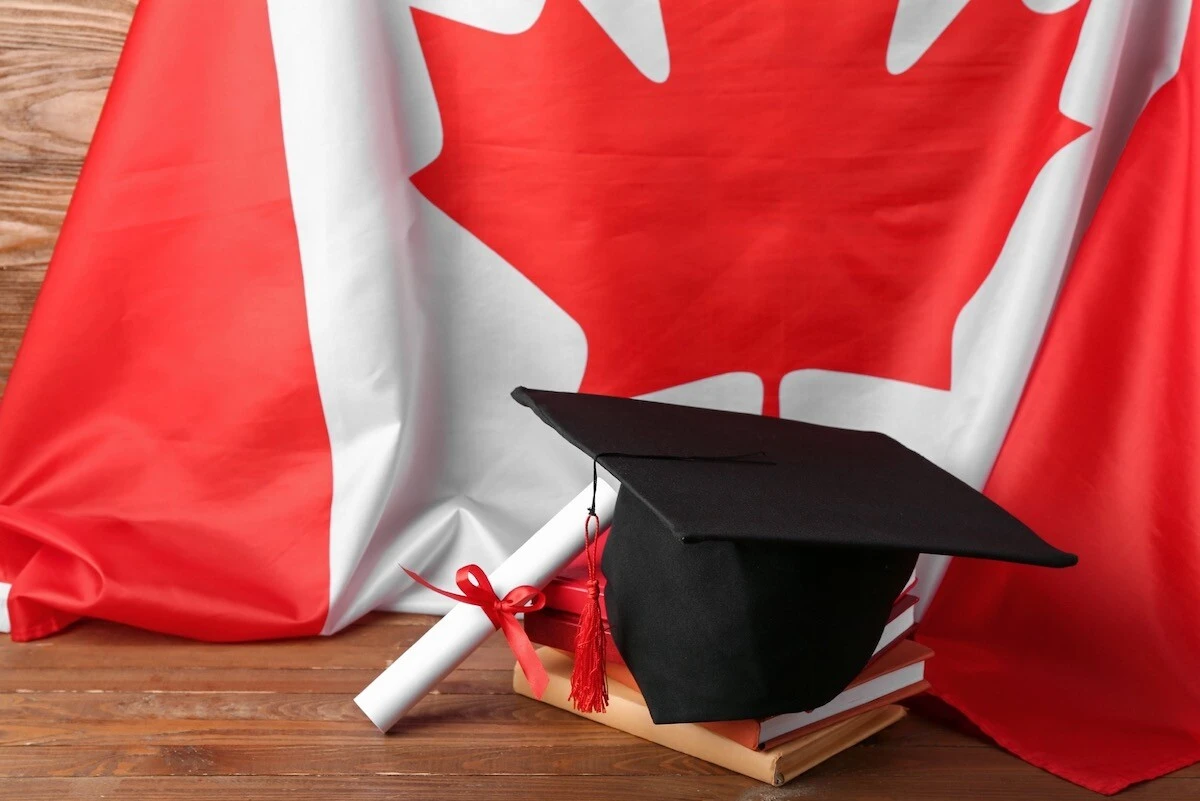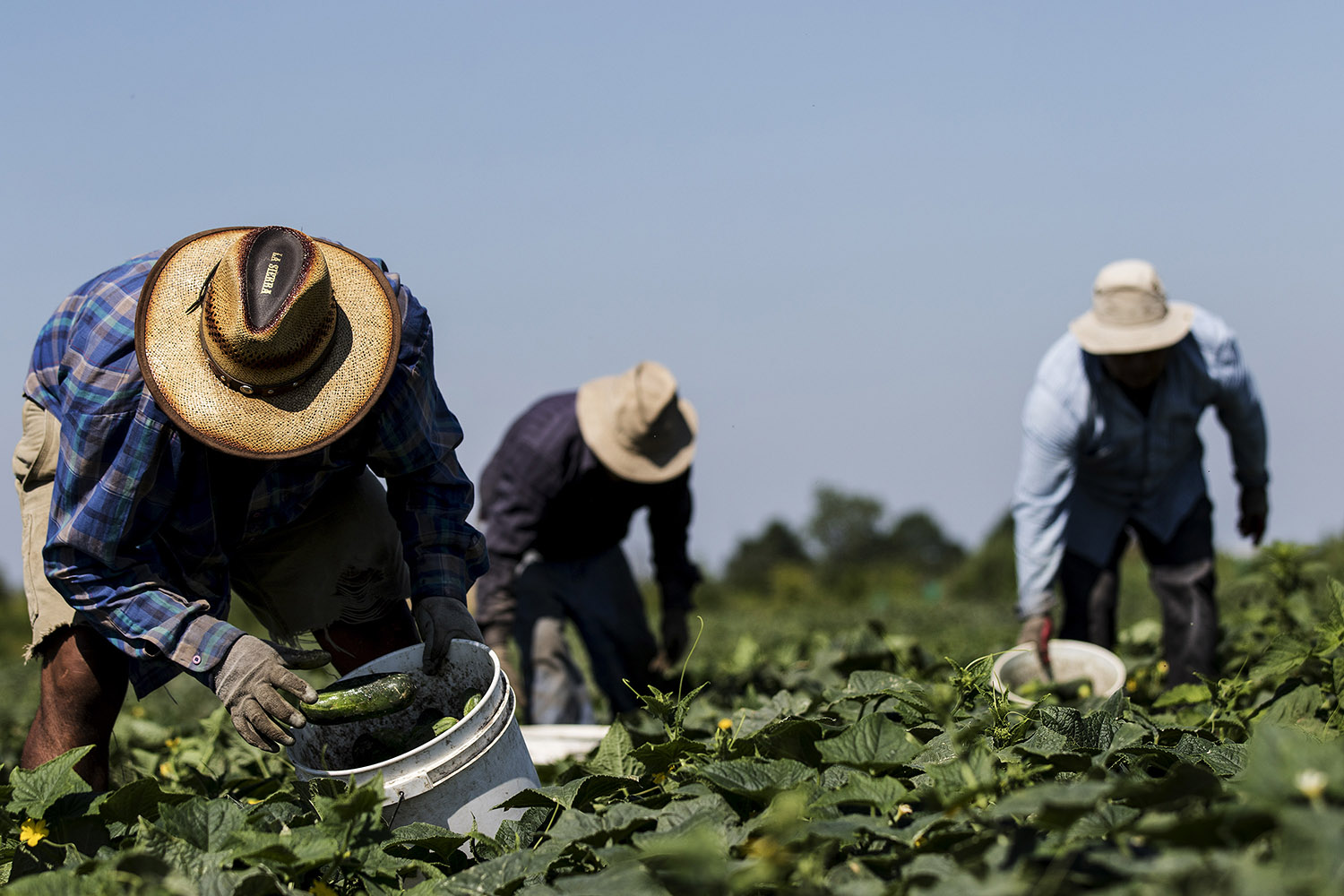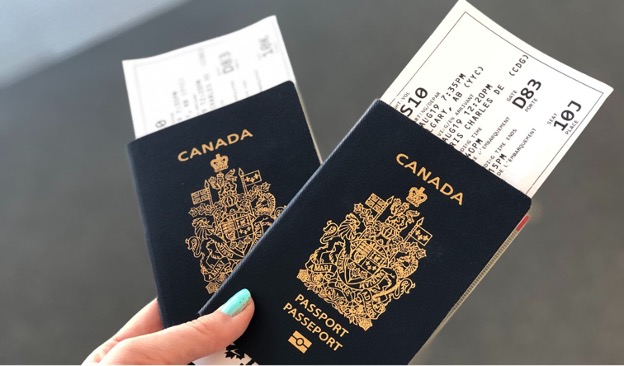Introduction:
The Provincial Attestation Letter (PAL) has become a pivotal component of the study permit application process in Canada, particularly in the context of the 2024 international student admissions cap. This guide elucidates the PAL’s role, identifies the applicants requiring it, and provides an exhaustive overview of the procedures for obtaining it across different Canadian provinces.
What is a Provincial Attestation Letter (PAL)?
A PAL is an essential document for specific international students applying for Canadian study permits, affirming their inclusion within the allocated numbers set for each province under the 2024 cap, which allows up to 360,000 study permits based on the distribution across provinces and territories.
Who Needs a PAL?
PALs are predominantly needed by applicants for post-secondary study permits, particularly those entering undergraduate programs and select non-degree granting graduate studies.
Who is Exempt?
Exemptions are granted to primary and secondary level students, Master’s and Ph.D. students, in-Canada visiting or exchange students, current in-Canada permit holders, and their family members, along with individuals who had their study permits approved or submitted applications before January 22, 2024.
Provincial Guidelines for Obtaining a PAL:
Alberta: Starting March 1, 2024, Alberta has been actively issuing PALs. The provincial government has delegated the responsibility of PAL requests to post-secondary institutions (DLIs). International students who have received acceptance from an Albertan DLI are advised to reach out to the registrar’s office of their respective schools to get more information on the PAL process or address any queries, which may involve the payment of an initial tuition deposit.
British Columbia (BC): The BC Ministry of Post-Secondary Education and Future Skills began issuing PALs on March 4, 2024, working with an allocation of 83,000 undergraduate study permit applications for 2024, with 53% allocated to public post-secondary institutions and 47% to private ones. PALs are sent automatically from the Ministry to institutions, which then forward them to students. This process does not significantly extend the time or effort required for study permit applications.
Manitoba: Beginning on March 4, 2024, Manitoba introduced its system for issuing PALs via DLIs. Students seeking to initiate a PAL application in Manitoba may be required to meet certain criteria, including the payment of a deposit to their respective DLI. For example, the University of Manitoba mandates that students provide a “non-refundable tuition deposit of $2,000 CAD” ahead of the PAL application. This deposit serves as a commitment to enroll and adhere to the institution’s PAL processing protocols. Therefore, students must ensure they understand and comply with the specific PAL application guidelines set forth by their selected institution, as these can differ among Manitoba’s DLIs.
New Brunswick: The PAL process, which has been operational from March 18, 2024, requires direct engagement between international students and their respective DLIs. Although the process can differ from one institution to another, a typical requirement is the payment of a non-refundable tuition deposit. At the University of New Brunswick (UNB), for instance, students who have been admitted are instructed to sign into their student portals to make this deposit payment. Subsequently, UNB requests a PAL on behalf of the student and notifies them by email once the PAL is ready, usually within a two-week timeframe. After receiving this notification, students can download their PAL to accompany their study permit application.
Newfoundland and Labrador: Implementing its PAL system on March 19, 2024, Newfoundland and Labrador require students to consult with their DLIs to understand the specific procedures for obtaining a PAL. For example, Memorial University has proactively reached out to admitted students to collate necessary information for the PAL.
Nova Scotia: Nova Scotia has been allocated a quota of 12,900 international student permits for the year 2024. The student will need to obtain a LOA from a Nova Scotia DLI, and subsequently, the DLI will request a PAL on behalf of the student.
Saskatchewan: Saskatchewan launched its PAL process on March 13, 2024, advising international students to initiate their PAL applications through their DLIs. While Saskatchewan’s major educational institutions haven’t provided extensive details on the process, the emphasis on DLI involvement indicates a tailored approach. Consequently, each institution might have distinct requirements or procedures in place for its students regarding PAL issuance.
Ontario: Ontario has announced it strategy for allocating PALs. The province will allocate 96% of its annual PAL cap to international students at public colleges and universities, with a restriction that their international student enrollment must not surpass 55% of each institution’s 2023 first-year domestic student numbers. Priority within these public institutions will be given to programs in high demand, such as skilled trades, childcare, STEM, hospitality, human resources, and French language courses. The remaining 4% of PALs will be distributed to language schools, private universities, and other unspecified institutions. Notably, career colleges will not receive any allocation. However, as of now, Ontario has not finalized its PAL issuance system. Institutions like the University of Toronto anticipate that the Ontario University Application Centre (OUAC) might issue PALs, and some schools have already created processes to help international students apply for PALs, which are necessary for their study permit applications. Students are advised to stay in contact with their Designated Learning Institutions (DLIs) for the latest information on Ontario’s PAL system.
Prince Edward Island (PEI): PEI has been allocated a quota of 2,000 international student permits for the year 2024, directing this allocation specifically toward its three public post-secondary institutions. As part of this allocation, College de l’Ile, Holland College, and the University of Prince Edward Island are designated to receive 105, 710, and 1185 Provincial Attestation Letters (PALs) respectively for new prospective international students. The PAL process mandates that these institutions verify the eligibility of each student planning to study in PEI. Following this verification, the Department of Workforce, Advanced Learning, and Population is responsible for issuing the PALs to the institutions, which will in turn distribute them to the students.
Quebec: Detailed information on obtaining a PAL in Quebec is sparse. However, Immigration, Refugees and Citizenship Canada (IRCC) has indicated that the Certificat d’Acceptation du Quebec (CAQ) may serve as a PAL if it includes the statement: “This attestation letter confirms that the applicant has a place in Quebec’s allocation for study permit applications or is exempt.” The CAQ, a credential issued by Quebec’s provincial government, verifies that a candidate fulfills the province’s admission standards. To apply for a study permit, international students are required to present a CAQ alongside a Letter of Acceptance (LOA) to IRCC.
Conclusion:
The PAL stands as a critical measure to ensure that international student admissions are in sync with provincial allocations in Canada, embodying a strategic approach to international education within the nation’s broader immigration framework. For international students, grasping the PAL requirements and navigating the respective provincial processes is vital for securing study permits. Engaging with their designated learning institutions and adhering to the outlined provincial guidelines empowers students to adeptly manage this requirement, paving the way for a successful educational journey in Canada.














